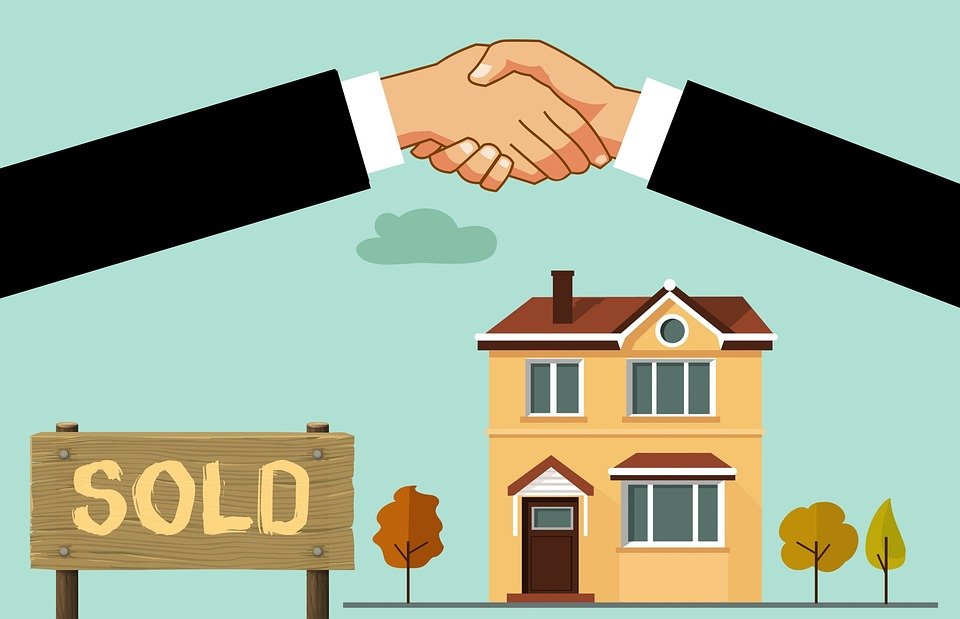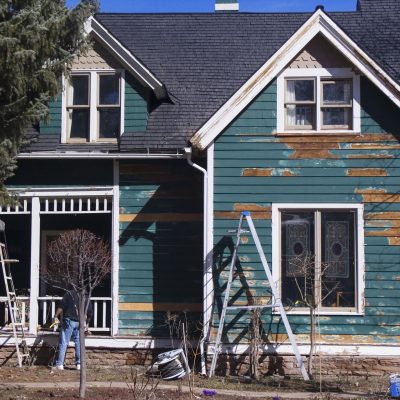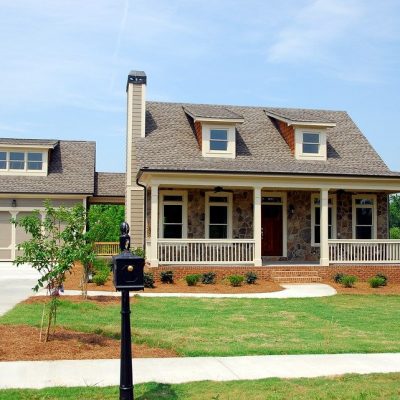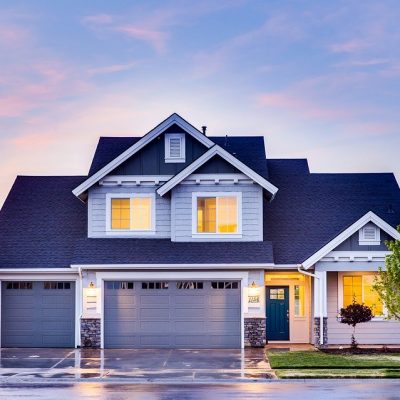Buying Home in Foreclosure, What You Need to Know
If you’re looking for the perfect place to call home and aren’t afraid of a fixer-upper, consider buying a home in foreclosure. Foreclosure happens when homeowners fail to pay their mortgage and the lender takes back control of the home and resells it. In 2020, 1.6% of the properties listed were in foreclosure. The main benefit of buying a foreclosed home lies in the amount of savings that you can get, as they are often sold below market value.
Many potential buyers stray away from buying homes in foreclosure because they are confused about the various financing options that are available. There are a lot of misconceptions out there that prevent many potential buyers from taking advantage of some incredible deals. In fact, some people have been able to snatch some great homes for a price that’s 20% lower than the market value.
Do You Have to Pay Cash to Buy a Home in Foreclosure?
First things first, one of the main misconceptions of buying a home in foreclosure is that you need to pay in cash.
This isn’t always the case. It really depends on the stage of the foreclosure. The most common stage is the pre-foreclosure stage or the bank-owned stage. During the pre-foreclosure stage, the house can be sold through a process known as a short sale, and during the bank-owned stage, the lender can try to sell the home as well. In both of these stages, you can buy a home in foreclosure either with a mortgage or a government-sponsored loan. In the auction stage, however, it’s usually a rule that you’ll have to pay in cash — usually with a cashier’s check in increments of $100,000. If you show up at these auctions, you can typically easily find a cash buy house below market value.
If you don’t have liquid cash on you, you can still purchase a foreclosed home with a mortgage or a government-sponsored program. Let’s take a look at some of them below.
203(k) Loan
One of the easiest government-sponsored financing options to apply for is a 203(k) loan. The Federal Housing Administration designed this loan to encourage buyers to invest in higher-risk REO purchases. The primary benefit of this loan is that you can borrow enough to not only mortgage the home, but also cover the cost of renovations as well, which is particularly important when it comes to buying homes in foreclosure as they are often in less-than-ideal states and conditions.
There are two versions of this loan: a streamlined version and a traditional version. A streamlined 203(k) loan is meant for limited repairs that do not require any additional architectural or structural changes to the property, as individuals can borrow up to $35,000 above the home’s sale price. The traditional version is a bit more complex and will require an inspection report from an independent consultant. This type of loan can cover the cost of extensive repairs and renovations.
A downside of this type of loan is that it typically comes with higher interest rates than conventional loans.
HomePath Ready Buyer
Another option is the HomePath ReadyBuyer program that’s offered by the Federal National Mortgage Association (FNMA) of Fannie Mae. This is a loan that’s designed for first-time buyers, but it can also cover properties that are in foreclosure. To qualify for up to 3% in closing cost assistance, first-time buyers must complete a mandatory education course.
A Conventional Mortgage
You can also apply for a conventional mortgage even if you are interested in buying a home in foreclosure. The issue is that you will need to get pre-approved for a mortgage first before you go shopping for a home in foreclosure. You need to be pre-approved, so you can make a serious offer on a property before it’s snapped up by someone else.
If you’re thinking of going with this option, you should shop around with multiple mortgage lenders to find the best pricing and terms possible.
Home Equity Line of Credit
Another reasonable option is a Home Equity Line of Credit. You can get some financing help if you already have equity in a home that you own. This isn’t a mortgage per se, but functions more like a credit card. This type of financing option can come in handy, as lenders are often more than willing to extend credit lines of up to 85% of the home’s equity. You can withdraw the amount that you need and only pay interest on the specific amount that you’ve borrowed.
The advantage of this financing option is that you can easily get the funds that you need quickly. The downside is that you’ll often pay high-interest rates. For this reason, getting a home equity line of credit is not often a recommended solution.
Hard Money Loans
Hard money loans are often regarded as the last resort. They are an alternative to a bank loan and can be used by borrowers who don’t qualify for a traditional mortgage. Hard money loans are often easier to apply for and will get you the funds that you need in a short period of time. In fact, you can usually apply for and get approved for a loan within several days.
This is a great option for those who are willing to take higher risks and want to quickly buy and flip a foreclosure home that’s sold below market value. Those who apply for these types of loans should have quite a lot of experience in the industry and know exactly what they’re doing.
Don’t Miss Out on Buying a Home in Foreclosure
Foreclosure homes can be a great deal, and unless you’re at an auction, you don’t have to buy foreclosure homes in cash. There are many different government-sponsored financing options and other loans available for those who are interested in these types of properties.





